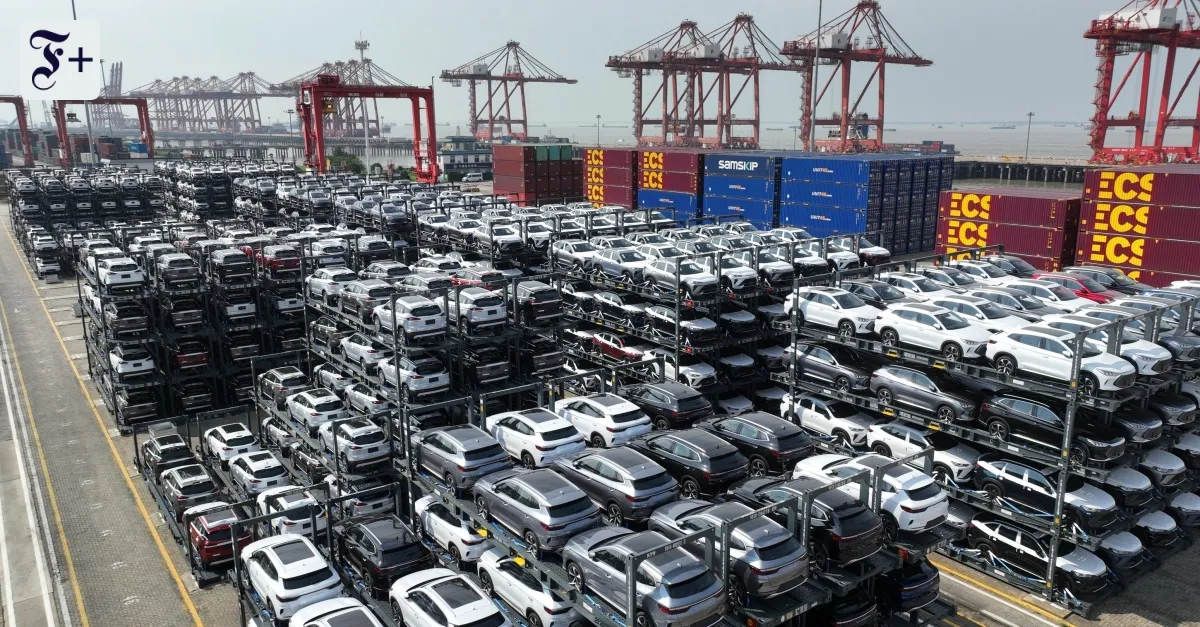Am Abgrund: Understanding the Impact of the China Shock on Europe's Economy

Am Abgrund: The Threat to European Industries
The second China Shock portends grave consequences for Europe's economic landscape. Unlike the first shock, which impacted textile and electronics production, this crisis directly threatens industries where Europe remains competitive. Automotive, machinery, and chemical sectors are particularly vulnerable to the massive increase in Chinese exports.
Reasons Behind the China Shock
- Significant Sectoral Differences: Previous shocks affected lower-value industries, causing less damage to the heart of European manufacturing.
- Magnitude of the Shock: The current crisis is approximately double the first shock's scale, profoundly impacting global trade.
- Importance of the Industrial Sector: The manufacturing sector accounts for 19% of German GDP, highlighting its critical role in the European economy.
To avoid deindustrialization, Europe must address structural issues and seek to enhance domestic demand and investment.
Responses to the Shock
Economists propose that the EU should establish fair competitive conditions while maintaining open channels for technology exchange. While tariffs are a contentious option, they may emerge as necessary tools to level the playing field against competitive unfairness in China.
This article was prepared using information from open sources in accordance with the principles of Ethical Policy. The editorial team is not responsible for absolute accuracy, as it relies on data from the sources referenced.